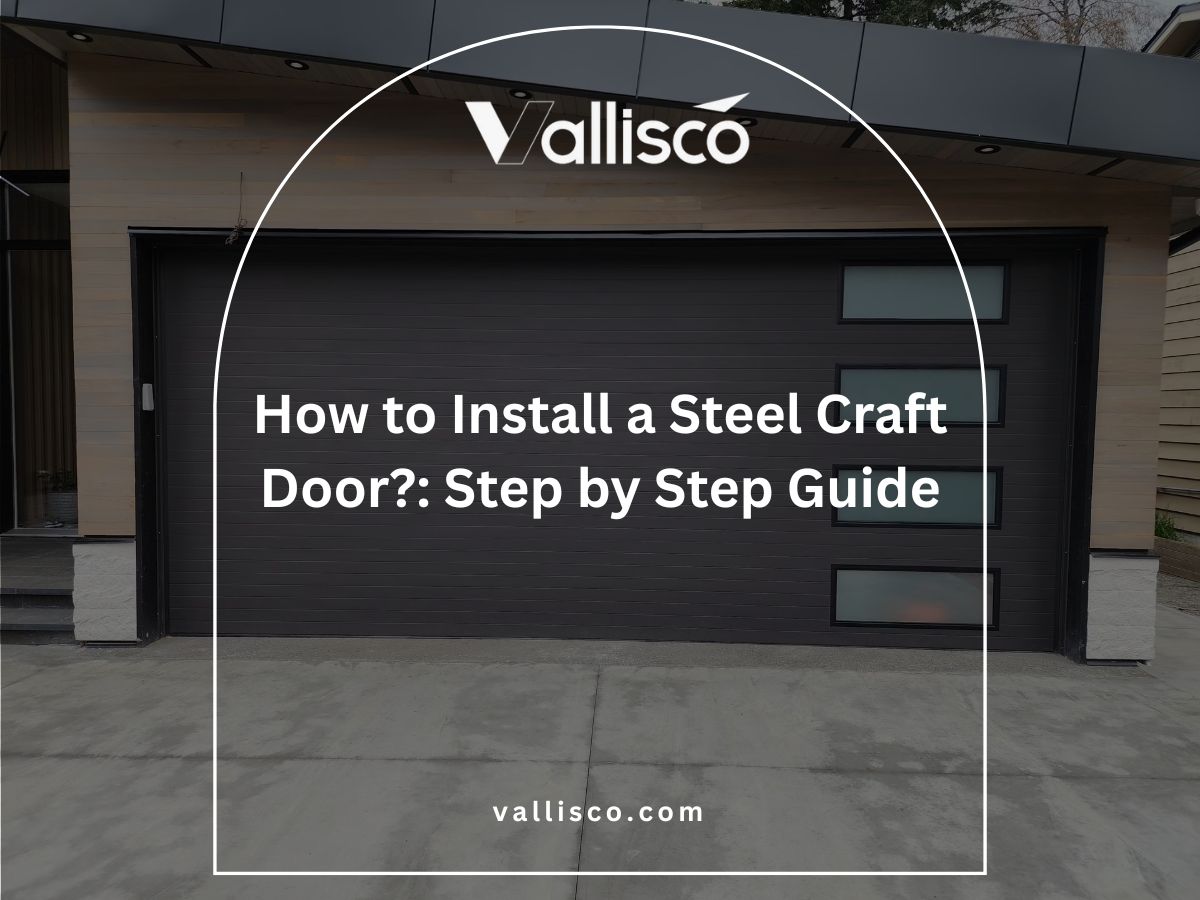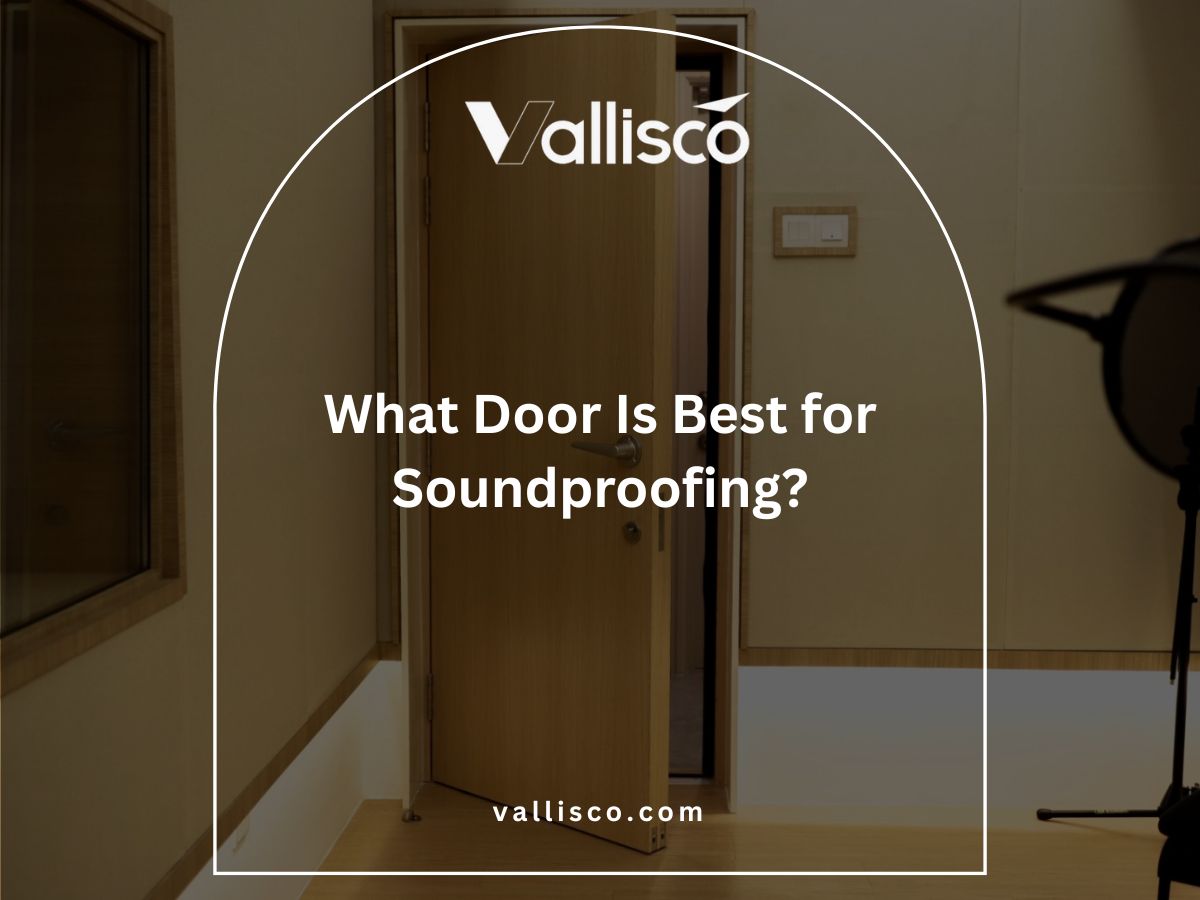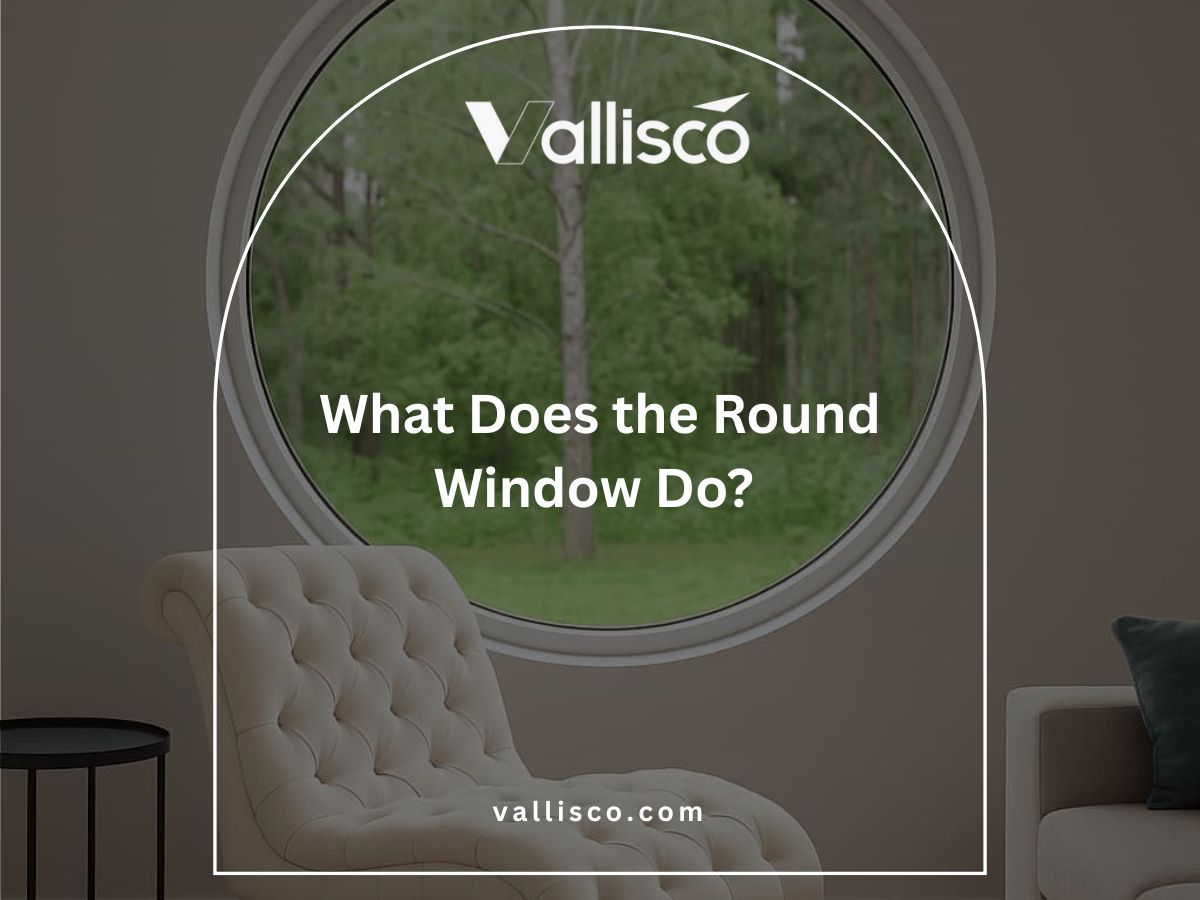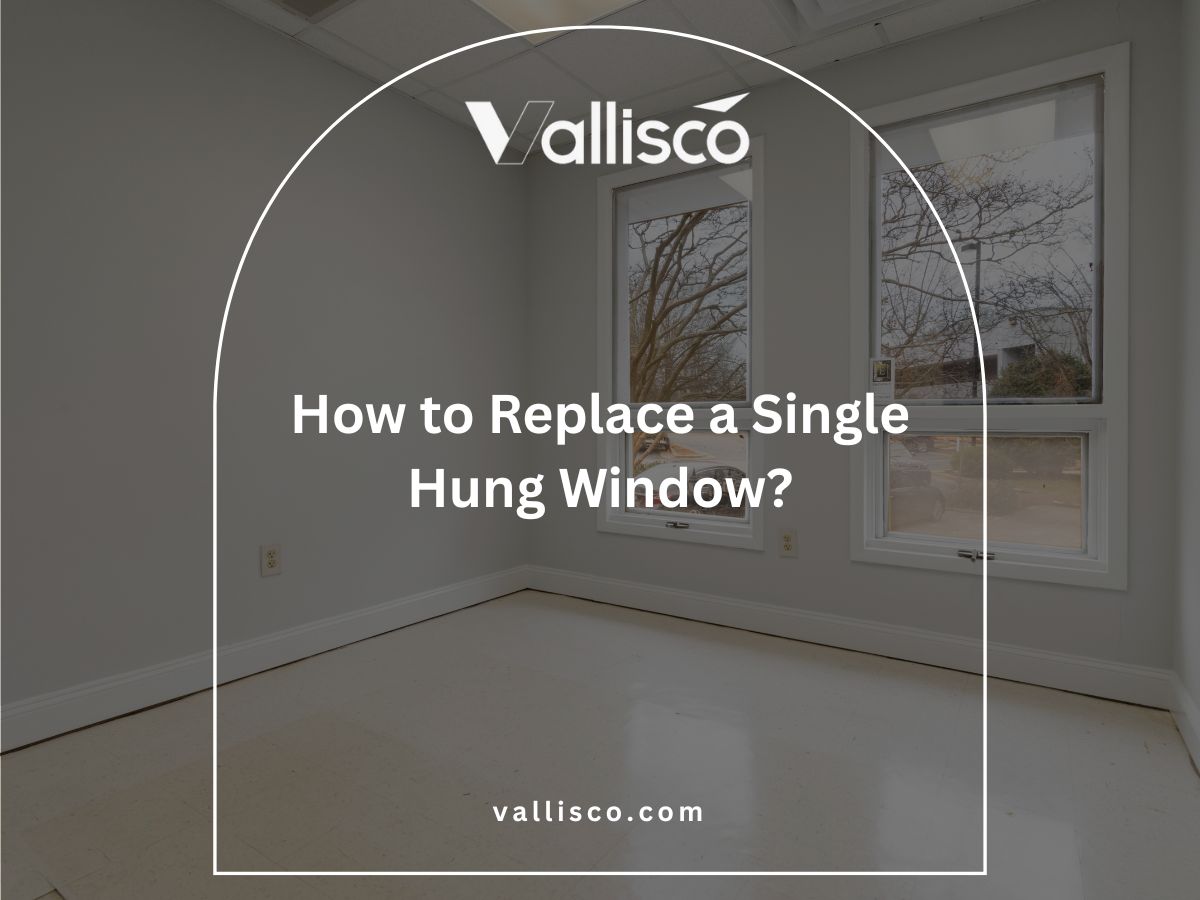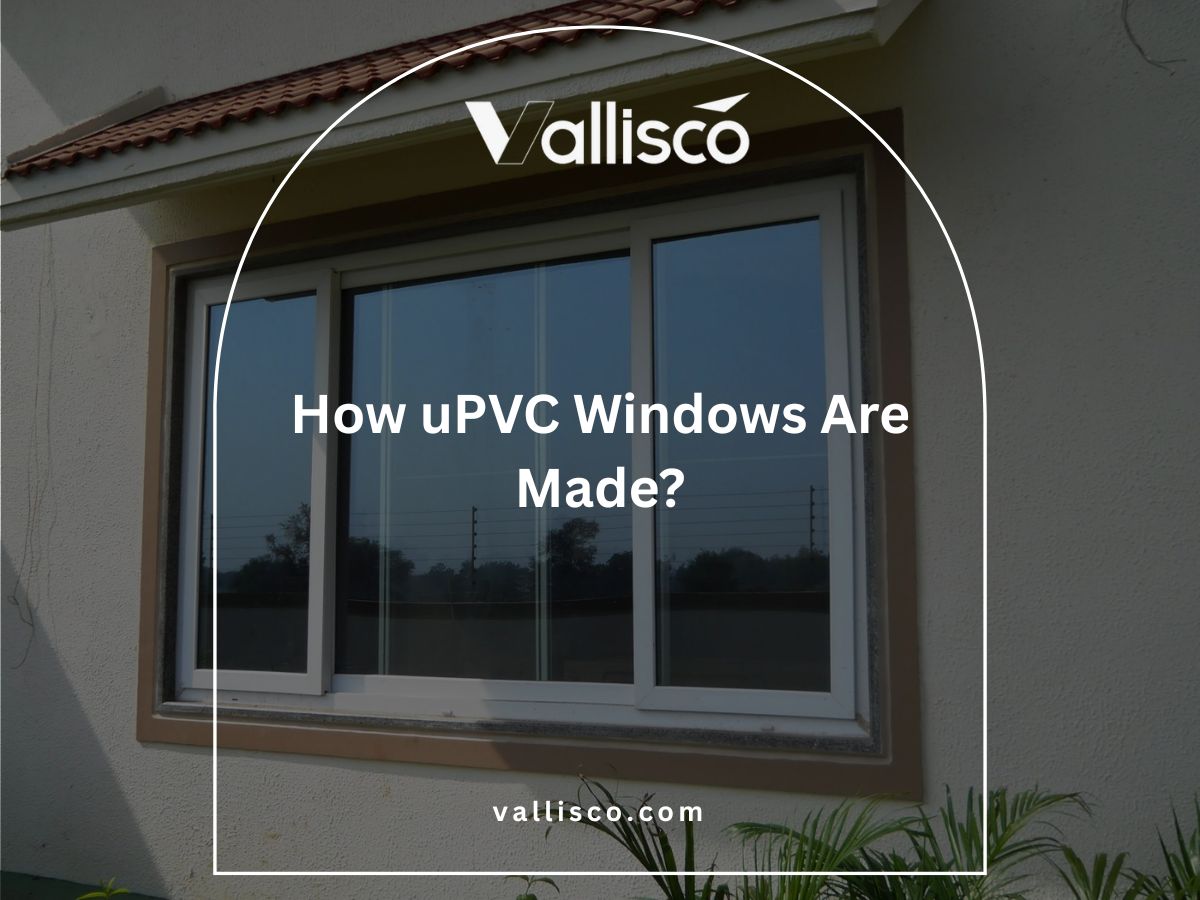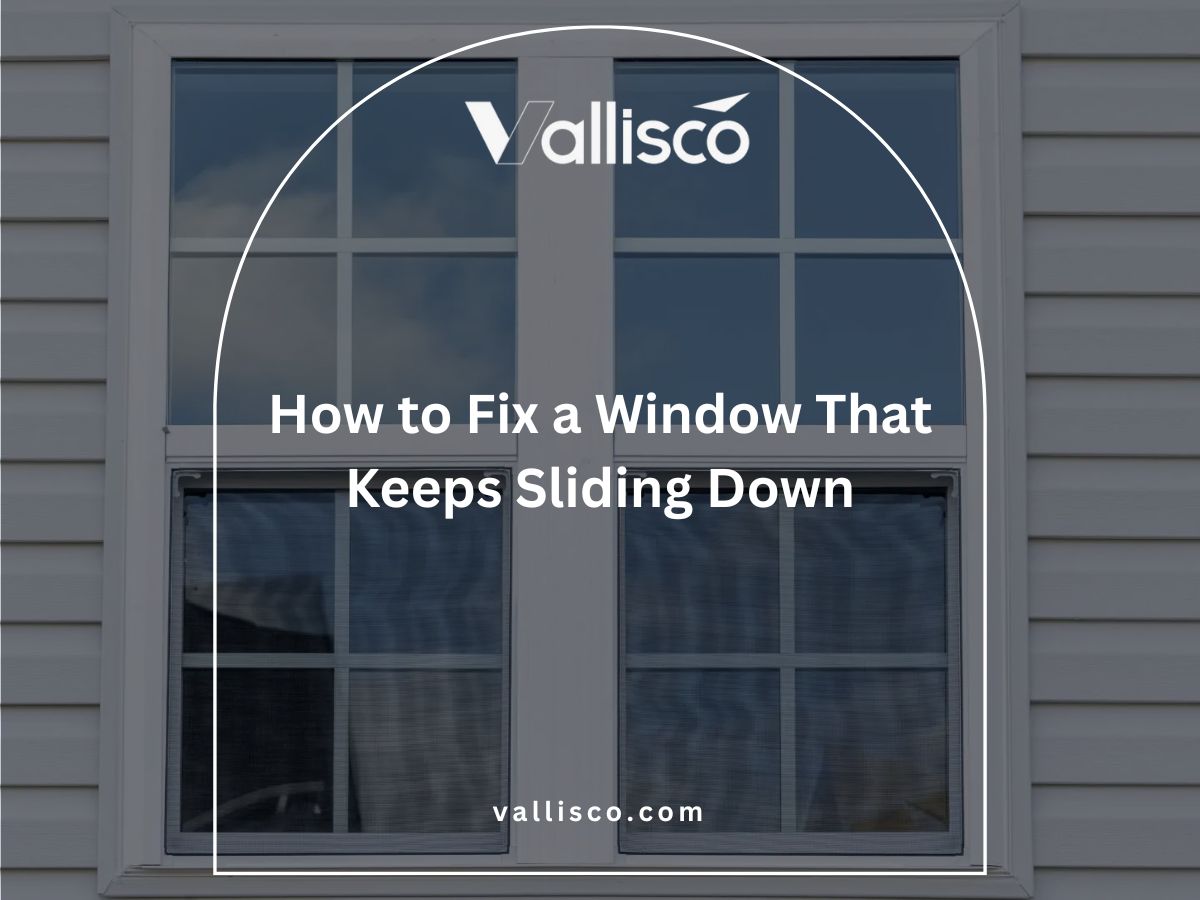On one project, we had to replace every blind in an apartment building after the first batch started warping in the sun. That was an expensive lesson.
Since then, I have learned that the right supplier and material choice can prevent those headaches.
I work closely with businesses that manage apartments, hotels, and villas. I have reviewed many products, compared installation processes, and tracked how they perform over time.
This guide will walk you through the best options for apartment window blinds, how to choose them, and what to check before placing bulk orders. You will get practical advice based on real project experience.
Your next project does not have to repeat the mistakes of that warped-blind job.
So, let’s jump in!
1. What are Apartment Window Blinds?
Apartment window blinds are coverings made of horizontal or vertical slats that control light and privacy. They can be made from materials like aluminum, wood, PVC, or fabric. You can tilt, raise, or lower them to adjust how much light comes in.
I often explain them to clients as a simple but important part of a unit’s finish. The right blinds can help your property look professional, meet building standards, and reduce complaints from tenants about heat or glare. If you manage apartments, hotels, or villas, you already know how these small details can affect the overall feel of a space.
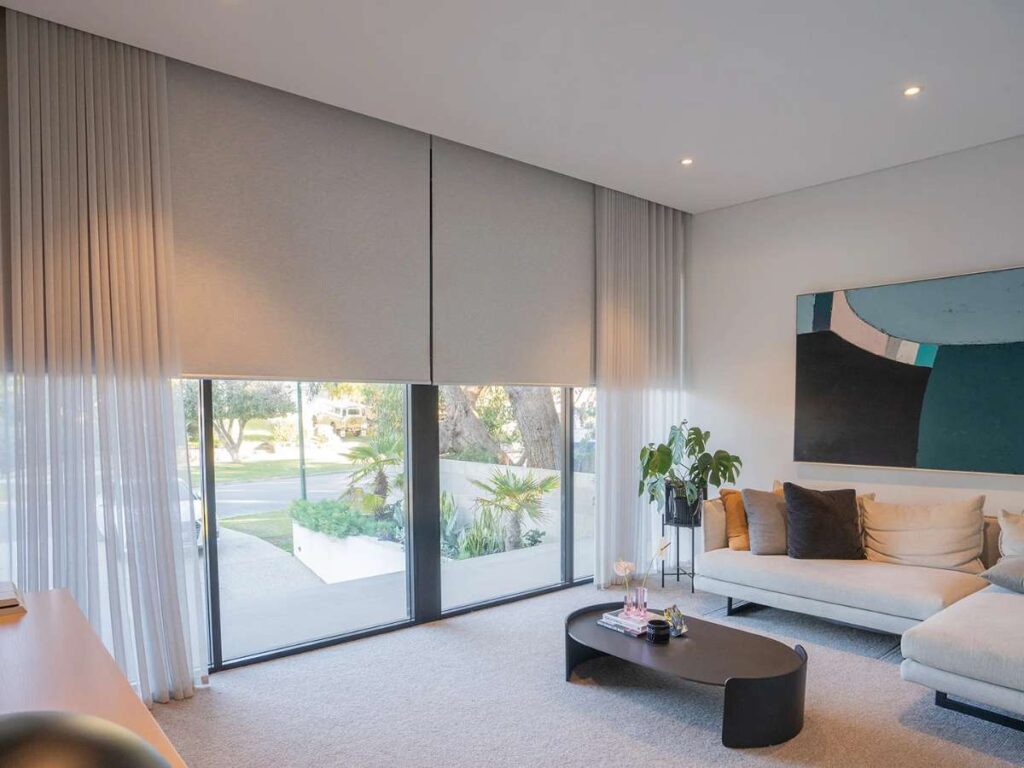
2. Common Types of Window Blinds
There are many types of blinds on the market, but not all are right for apartments or large-scale projects. I have worked with most of them and each type has its own benefits and limits.
Here are the ones you will come across most often when planning your next project.
Venetian Blinds
Venetian blinds are made of horizontal slats, usually aluminum, wood, or PVC. You can tilt the slats to control light or pull the whole set up for a clear view.
I’ve seen them used in everything from budget apartments to high-end hotel rooms. They are a solid choice when you want a clean, classic look that works with most interiors. This style pairs especially well with high-quality windows from Vallisco, helping you achieve a professional finish and long-lasting performance in your projects.
Vertical Blinds
These blinds have long vertical panels that slide from side to side, making them ideal for large windows or sliding doors. They are often chosen for apartment balconies or shared spaces because they cover wide areas efficiently. Fabric versions provide a softer look but may require more frequent cleaning in high-use areas.
Roller Blinds
Roller blinds are made from a single sheet of fabric that rolls up into a tube at the top. They are great for a minimal look and fast to install in bulk orders.
I like them for projects where speed and uniformity matter more than complex light control. Just keep in mind that cheaper fabrics can fade quickly if they get too much sun.
Roman Blinds
Roman blinds fold into neat, stacked sections when raised. They bring a softer, high-end appearance, making them popular in boutique hotels or luxury apartments. While visually appealing, they can be slower to install and maintain, which may affect timelines in large developments.
3. Material Options for Apartment Window Blinds
The material you choose affects how the blinds look, last, and perform in daily use. I’ve helped property managers make this decision, and the wrong choice can mean higher maintenance costs later.
Here are the most common materials you’ll see in apartment projects.
Aluminum
Aluminum blinds are light, strong, and resistant to moisture, which makes them ideal for kitchens and bathrooms. They hold their shape well and are easy to clean with a quick wipe. In large orders, they are also cost-efficient, which helps when you need to outfit many units at once.
These work best where you need long-lasting function over decorative detail.
Wood
Wood blinds give a warm, premium look that can elevate the feel of a room. I’ve specified them in boutique hotels where design was a top priority. They do require more care, as they can warp in high humidity.
If your project is in a coastal or damp climate, wood may need protective finishes to hold up over time.
PVC and Faux Wood
PVC and faux wood blinds are popular for their mix of durability and style. They mimic the look of real wood but can handle moisture and temperature changes much better. This makes them suitable for apartments in varying climates, without the higher upkeep of natural materials.
They’re also a good fit if you want a consistent look across many units without stretching the budget.
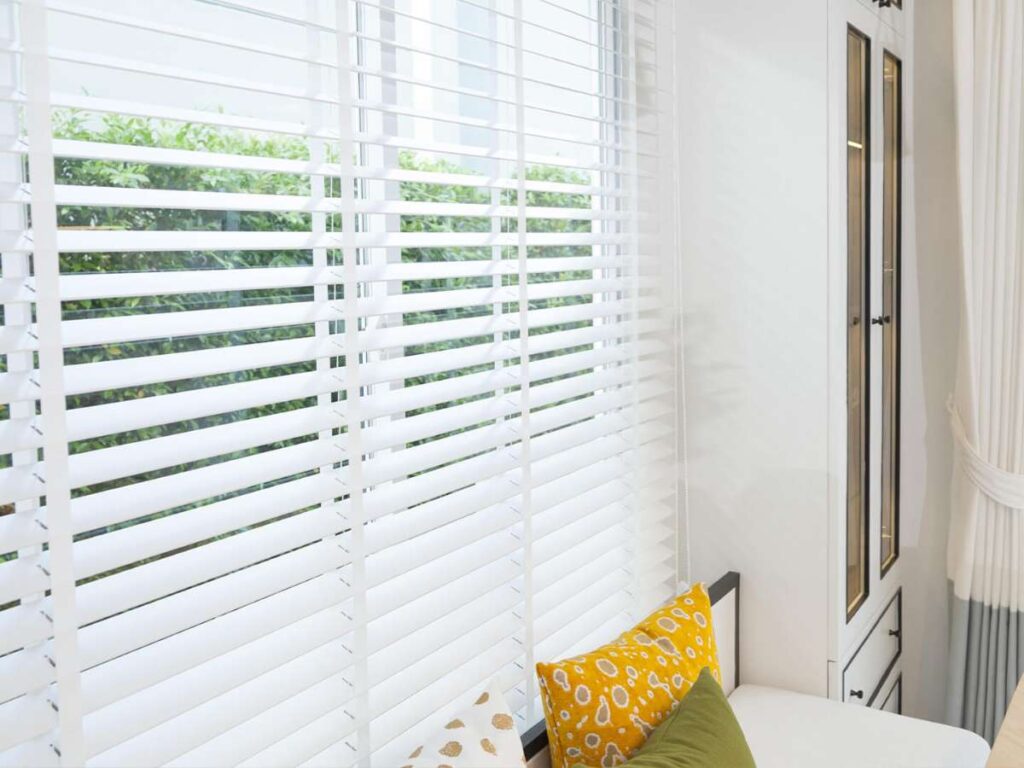
4. Installation Guidelines for Apartment Window Blinds
Proper installation makes the difference between blinds that last and blinds that need repairs within months. I’ve been on projects where small installation mistakes caused weeks of delays.
Follow these steps to make sure your installation goes smoothly and avoids costly problems later.
Step #1: Measure Accurately
This is the first step when planning a blinds installation. A small measurement error can delay the entire project.
- Measure Windows: Take width and height measurements at three points (top, middle, bottom) to avoid uneven sizing. Write them down immediately so there is no confusion later.
- Check for Obstructions: Look for handles, locks, or molding that could interfere with the blinds. This helps you choose the right style and mount.
- Record Clearly: Label each measurement with the correct room or unit number. This makes installation faster and prevents mix-ups.
Step #2: Choose the Right Mount
Selecting between inside or outside mounts affects both function and appearance. I’ve found that outside mounts can hide uneven frames better in older buildings.
- Evaluate Frame Condition: Check if the frame is straight and sturdy enough to hold the brackets. Weak frames may need reinforcement first.
- Consider Design Needs: Think about how the blinds will look in the space. The mount style should match the overall design of the unit.
- Account for Light Control: Outside mounts usually block more light gaps than inside mounts. This can make a big difference in tenant comfort.
Step #3: Prepare the Mounting Surface
A stable surface prevents future repairs and keeps blinds secure. This step is often skipped but makes a big difference.
- Clean the Area: Wipe away dust, paint chips, or debris before drilling. A clean surface helps brackets hold better.
- Reinforce if Needed: Add extra support for damaged or weak frames. This avoids future loosening or falling brackets.
- Mark Drill Points: Use a level to make sure the brackets will be straight. Uneven brackets can cause the blinds to hang incorrectly.
Step #4: Use Proper Tools and Hardware
Matching hardware to the wall type extends the life of the blinds. Using the wrong anchors can lead to early failure.
- Select Correct Anchors: Choose anchors based on whether the wall is drywall, concrete, or wood. The wrong anchor can cause the blinds to pull loose.
- Check Tool Condition: Make sure drill bits are sharp and ladders are stable. This keeps work safe and efficient.
- Tighten Securely: Tighten screws until they hold firmly without stripping. Loose screws can lead to early wear and shifting brackets.
Step #5: Test Before Finalizing
Testing ensures everything works before the job is marked complete. This step helps avoid extra visits.
- Operate the Blinds: Raise, lower, and tilt them several times to check smooth movement. Any stiffness or sticking should be fixed before leaving.
- Look for Alignment Issues: Make sure slats are even and the blinds hang straight. Adjust as needed to get a clean finish.
- Confirm With Client: Show the final operation to the property owner or manager. This gives them confidence and a chance to ask questions.
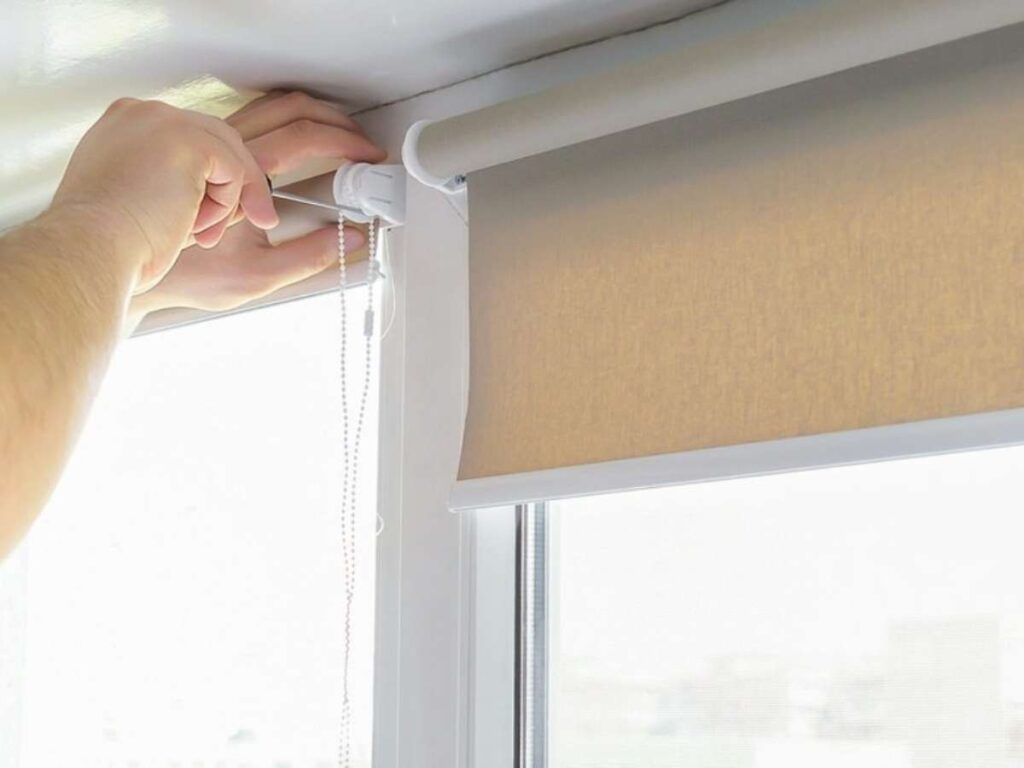
5. Maintenance and Cleaning Tips
Well-maintained blinds last longer and look better, which keeps your tenants happy and reduces replacement costs. I’ve worked with properties that kept the same blinds for years simply by following a basic upkeep plan.
Here are practical tips to help you keep apartment window blinds in top condition.
Regular Dusting and Light Cleaning
Dust can build up quickly, especially in high-traffic units. A light cleaning every few weeks helps prevent grime from settling into the slats.
Use a microfiber cloth or a small vacuum attachment to remove dust without scratching the surface. For fabric blinds, a quick once-over with a handheld vacuum keeps them fresh between deep cleans.
Deep Cleaning for Stains and Dirt
Over time, blinds in kitchens, bathrooms, and smoking units may collect stubborn stains.
I recommend spot-cleaning with a mild soap and water solution before considering replacement. For aluminum or PVC, you can remove the blinds and soak them in a bathtub for a more thorough clean. Wood blinds should never be soaked, but a slightly damp cloth can handle most marks.
Routine Checks and Minor Repairs
Regular inspections can catch small issues before they become expensive problems. Look for loose brackets, frayed cords, or slats that are bent out of shape. Tightening screws or replacing a cord takes minutes and saves you the cost of a new set.
If you manage many units, keep a small kit of common replacement parts on hand for quick fixes.
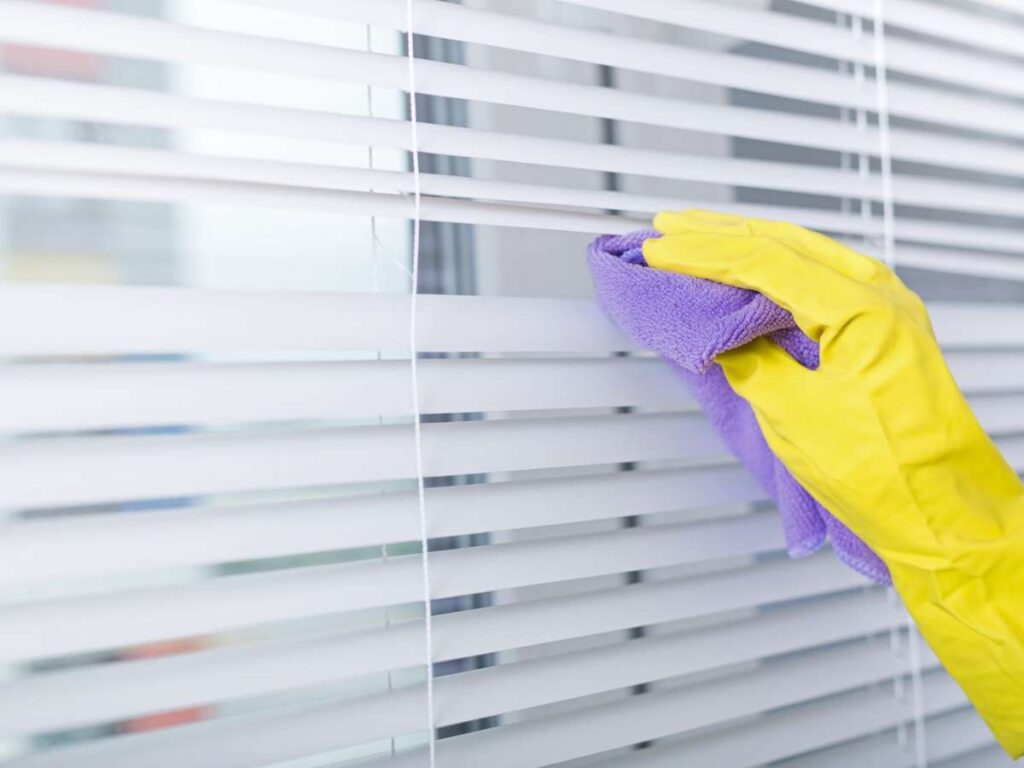
6. Apartment Window Blinds vs Curtains
Blinds and curtains both have their place in apartment projects. I’ve found that if you handle multiple units, knowing the differences helps you make faster, better decisions. This table gives you a quick side-by-side view.
| Feature | Apartment Window Blinds | Curtains |
| Light Control | Adjustable slats | Fabric blocks or lets in light |
| Durability | Long-lasting materials | Fabric wears faster |
| Maintenance | Easy to wipe clean | Needs regular washing |
| Installation Time | Quick to install | Slower setup |
| Style Options | Many finishes | Wide fabric choices |
| Cost | Lower long-term cost | Higher upkeep cost |
| Space Use | Compact fit | Takes more room |
| Replacement | Replace parts only | Replace whole set |
7. Mistakes To Avoid When Choosing Apartment Window Blinds
Choosing the wrong blinds can lead to higher costs, tenant complaints, and more maintenance calls. I’ve helped fix projects where these mistakes could have been avoided with a little planning.
Here are the most common errors to watch out for in your next order.
Not Measuring Correctly
Poor measurements are one of the most common causes of delays and returns. Always measure each window individually, even if they look the same. A difference of a few millimeters can make a blind unusable. Keeping accurate notes by unit will save you headaches later.
Ignoring the Building’s Conditions
Blinds that work in one climate may fail quickly in another.
I’ve seen wood blinds warp in high-humidity apartments within a year. Consider sunlight, moisture, and temperature changes before choosing materials. Matching blinds to the environment keeps them looking good longer.
Choosing Style Over Function
It is easy to focus on looks and forget about daily use. Blinds with complex mechanisms can frustrate tenants if they are hard to operate. For high-turnover apartments, simple and durable designs usually perform better. The right choice balances style with practicality.
Skipping Supplier Quality Checks
Relying on a supplier without reviewing their product samples can lead to costly replacements.
Check material strength, finish, and hardware before approving large orders. Even a small defect multiplied across hundreds of units becomes a major problem. Taking the time to inspect upfront avoids future disputes.
8. Factors To Consider When Choosing Apartment Window Blinds
Picking the right blinds goes beyond just choosing a color or style. I know from experience that the right decision can save time and money during installation and maintenance.
Here are the main points you should think about before placing your next order.
Material and Durability
Different materials perform differently under daily use. I’ve specified aluminum blinds for high-humidity areas because they resist rust and warping. Wood gives a premium look but may not hold up in every climate. Consider where the blinds will be installed and how often they will be used.
Whatever material you choose for your blinds, it can easily pair with the right window from Vallisco to achieve a balanced look and dependable performance.
Ease of Maintenance
Blinds that are easy to clean can reduce long-term upkeep costs. Choose materials that can be wiped or vacuumed without special cleaners. If your property has many units, look for designs that allow quick repairs, such as replacing a single slat instead of the whole blind. This keeps your maintenance team efficient.
Cost and Supplier Reliability
Budget matters, but so does consistency in supply. A low price means little if the supplier can’t deliver on time or meet quality standards.
Always check lead times, review samples, and confirm warranty terms before committing to a large order. Reliable supply chains prevent costly delays.
Conclusion
That project with warped blinds was a turning point for me. It showed how small choices can have big consequences.
In this guide, you’ve seen the best blind types, materials, and installation practices for apartments. You’ve also learned what to avoid and how to keep blinds lasting longer.
The final step is pairing your blinds with windows that deliver equal quality. Vallisco windows give your projects a solid foundation for success.
Contact us today and see how we can support your next project from start to finish!
Check Out These Additional Resources
Need more ideas? Browse through our extended range of products and discover something new:
Still haven’t found what you’re looking for? Don’t hesitate to contact us. We’re available around the clock to assist you.


